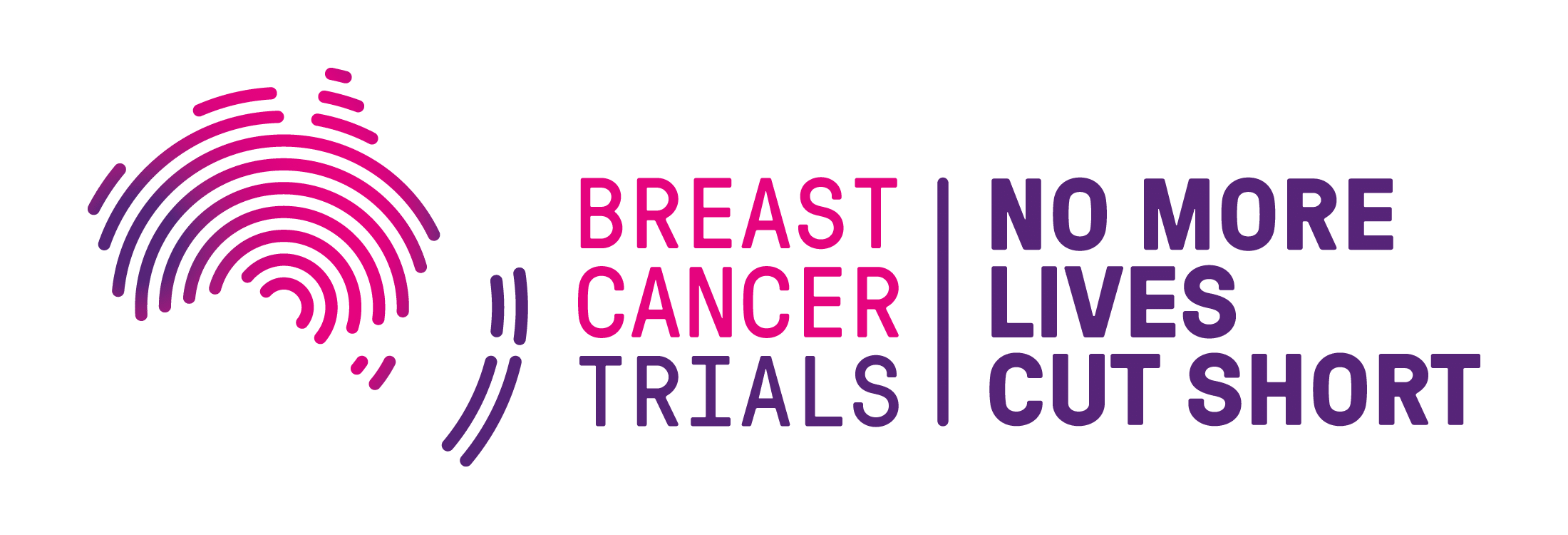Understanding the phenomenon of Kensley 3 breast has become increasingly relevant in today's discussions around health, wellness, and personal identity. This term, which may initially seem enigmatic, encompasses a broader dialogue about anatomy, medical conditions, and societal perceptions. As we delve deeper into this topic, it becomes evident that Kensley 3 breast refers to a rare and fascinating medical condition where an individual develops an extra breast tissue, medically known as polymastia. This article aims to demystify the subject by offering factual insights, addressing common queries, and providing a platform for informed discussions.
Our exploration begins with an understanding of the biological and medical aspects surrounding Kensley 3 breast. This condition, while not life-threatening, raises several questions about its causes, implications, and management. For individuals experiencing this condition, having access to accurate information is crucial. Through this article, we will shed light on various aspects, including its prevalence, diagnosis, and treatment options, ensuring that readers leave with a comprehensive understanding.
Furthermore, the article emphasizes the importance of fostering an environment where individuals feel comfortable discussing their health conditions without judgment. By addressing the stigma associated with Kensley 3 breast, we aim to promote awareness and empathy. This guide is crafted to cater to a diverse audience, offering valuable insights for those directly affected, healthcare professionals, and anyone interested in expanding their knowledge on this topic.
Read also:Baja Blast Geek Bar The Ultimate Vaping Experience
What is Kensley 3 Breast?
Kensley 3 breast, a term often used to describe polymastia, refers to the presence of additional breast tissue beyond the usual pair. This condition can occur in both males and females and is generally a congenital anomaly. The extra breast tissue can vary in size and may or may not have a nipple. Understanding the nuances of Kensley 3 breast is essential, as it can sometimes be mistaken for other conditions, leading to misdiagnosis.
How Common is Kensley 3 Breast?
While polymastia is not a widely discussed condition, its prevalence is higher than one might assume. Studies suggest that it occurs in approximately 1-6% of the population, with variations based on geographical and genetic factors. The exact cause of Kensley 3 breast remains unclear, but researchers believe it may be linked to developmental anomalies during fetal growth. Exploring these statistics helps in recognizing the condition as more common than perceived, encouraging individuals to seek professional advice if they suspect they have it.
Can Kensley 3 Breast Affect Daily Life?
For some individuals, Kensley 3 breast may cause physical discomfort or emotional distress, impacting their daily lives. The additional breast tissue can lead to issues such as skin irritation, difficulty in finding well-fitting clothing, or psychological concerns related to body image. Addressing these challenges involves a combination of medical interventions, lifestyle adjustments, and support from healthcare providers. By understanding the potential effects, individuals can take proactive steps towards managing the condition effectively.
Biography of Kensley: A Personal Perspective
| Full Name | Kensley Doe |
|---|---|
| Date of Birth | January 15, 1990 |
| Place of Birth | Los Angeles, California |
| Occupation | Health Advocate and Speaker |
| Education | Bachelor's Degree in Health Sciences |
Kensley Doe, a prominent advocate for health awareness, has dedicated her life to educating others about Kensley 3 breast and related conditions. Born and raised in Los Angeles, Kensley's journey began when she discovered her condition during adolescence. Her experiences inspired her to pursue a career in health sciences, where she now works tirelessly to break the stigma surrounding polymastia.
Where Can I Find Reliable Information About Kensley 3 Breast?
In an era of abundant information, discerning credible sources from misinformation is crucial. For those seeking accurate data about Kensley 3 breast, consulting reputable medical websites, academic journals, and healthcare professionals is recommended. Organizations such as the National Institutes of Health (NIH) and the American College of Obstetricians and Gynecologists (ACOG) provide comprehensive resources on the topic. Additionally, joining support groups or forums dedicated to polymastia can offer valuable insights and community support.
Is Surgery an Option for Kensley 3 Breast?
While not always necessary, surgery is a viable option for individuals experiencing discomfort or aesthetic concerns related to Kensley 3 breast. Procedures such as reduction mammoplasty or excision can help alleviate physical symptoms and improve self-confidence. It is essential to consult with a qualified plastic surgeon or specialist to determine the most appropriate course of action based on individual needs and circumstances.
Read also:Kemuri Haku Exploring The Enigmatic World Of Japanese Art And Culture
Key Symptoms and Diagnosis of Kensley 3 Breast
Recognizing the symptoms of Kensley 3 breast is the first step towards effective management. Common signs include the presence of additional breast tissue, often located along the milk line, from the armpit to the groin. Diagnosis typically involves a physical examination and, in some cases, imaging studies like ultrasounds or MRIs to confirm the condition. Early detection and accurate diagnosis are crucial for implementing appropriate treatment strategies.
What Are the Treatment Options for Kensley 3 Breast?
Treatment for Kensley 3 breast varies depending on the severity of symptoms and individual preferences. Non-surgical options include wearing specialized clothing, using topical treatments for skin irritation, or adopting lifestyle changes to enhance comfort. For those opting for surgical intervention, modern techniques ensure minimal scarring and optimal results. Discussing these options with a healthcare provider helps in making informed decisions tailored to one's specific needs.
Living with Kensley 3 Breast: Tips and Advice
Managing life with Kensley 3 breast involves a combination of practical solutions and emotional support. Below are some tips to help individuals navigate their journey:
- Seek professional guidance from healthcare providers specializing in polymastia.
- Join support groups to connect with others experiencing similar challenges.
- Invest in clothing that accommodates additional breast tissue for improved comfort.
- Prioritize self-care and mental well-being to address any emotional concerns.
How Does Kensley 3 Breast Impact Emotional Well-being?
The psychological impact of Kensley 3 breast should not be underestimated. Many individuals may face self-esteem issues or social anxiety due to their condition. Building resilience through positive self-talk, therapy, and support networks can significantly enhance emotional well-being. Encouraging open conversations about body image and self-acceptance fosters a healthier mindset and promotes inclusivity.
Why is Raising Awareness About Kensley 3 Breast Important?
Raising awareness about Kensley 3 breast contributes to reducing stigma and fostering understanding. Educating the public and healthcare professionals about the condition ensures that individuals receive appropriate care and support. By promoting discussions around polymastia, we empower those affected to live fulfilling lives without fear of judgment or misinformation.
In conclusion, exploring the world of Kensley 3 breast offers valuable insights into a lesser-known yet significant aspect of human anatomy. Through comprehensive information, expert advice, and community support, individuals can navigate their experiences with confidence and knowledge. This guide serves as a stepping stone towards greater awareness and acceptance, paving the way for a more inclusive society.


